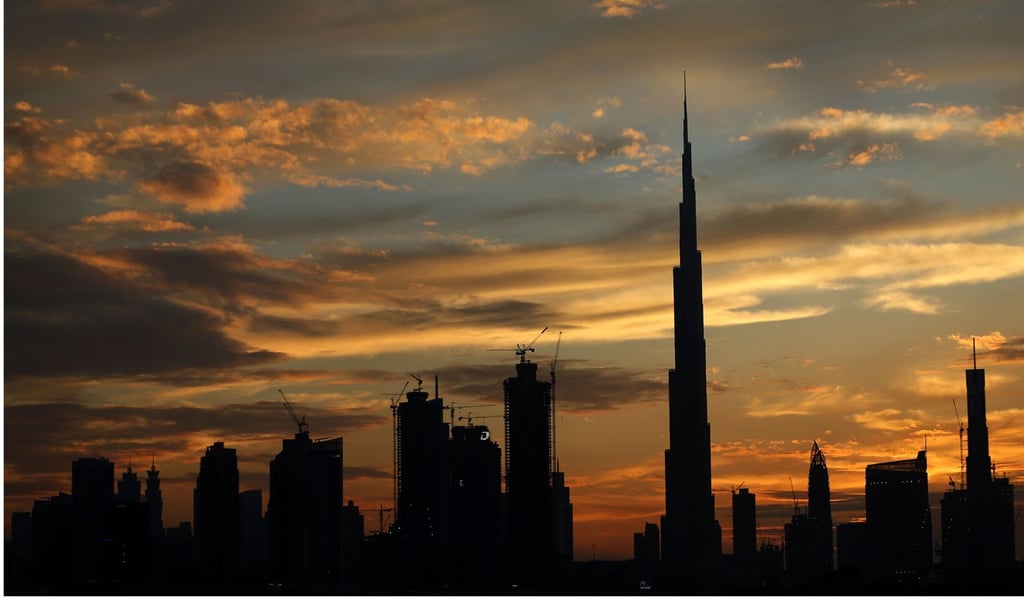For the UAE, are renewables the new oil?
The Emirates was home to nomads and date farmers until it tapped its oil potential in the 1960s, and now leaders of the Gulf nation are intent to adapt yet again with a transition to sustainable energy

Driving south from the city of Dubai to Seih Al-Dahal, the view along the road takes on a discomforting rhythm for environmentalists: skyscrapers mushroom in deserts; a yellow Ferrari zips through streets; and every few miles a service station comes into sight, reminding travellers of where the wealth of this tiny Gulf state comes from.
Then, after an hour, you enter a gate leading to an entirely different sort of outpost: the first in a cluster of solar farms that make up the Mohammed bin Rashid Al Maktoum Solar Park. Suddenly nothing you think you know about the oil-rich United Arab Emirates holds true.

Sand dunes give way to solar panels. A brand new and clean technology innovation centre stands against a blue sky. And in the next few years, a 260-metre tower will be erected with a “concentrated solar” technology – which uses mirrors to focus sunlight and create heat.
“This is the future,” Ishaq Alhammadi, an executive of Shuaa Energy who oversees the operation, said of the UAE’s decision to build the solar park. “Renewable energy is the future of the world.”
To be part of that future, Alhammadi’s company and others have been scrambling for ways to turn an edge of the Arabian Desert into a green power generator. Once completed in 2030, it is expected to produce 5,000 megawatts using various solar solutions – although that represents a tiny fraction of the current energy demands in the Emirates.